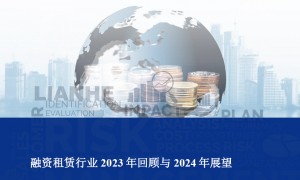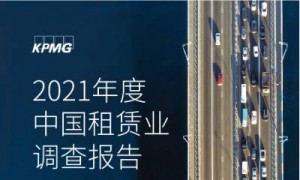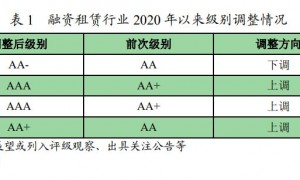| |
| |
 ИЪЧКЧвБЮРРТө2023Дк»Ш№ЛУл2024ДкХ№Ны
БӘәПЧКРЕЦчТӘ№ЫөгЈә
2023Дк10ФВПВ·ўБЛҪрИЪЧвБЮ№«Лҫ№ЬАн°м·ЁЈ¬МеПЦБЛја№Ь»ъ№№¶Ф
ИЪЧКЧвБЮРРТө2023Дк»Ш№ЛУл2024ДкХ№Ны
БӘәПЧКРЕЦчТӘ№ЫөгЈә
2023Дк10ФВПВ·ўБЛҪрИЪЧвБЮ№«Лҫ№ЬАн°м·ЁЈ¬МеПЦБЛја№Ь»ъ№№¶Ф
 2023ДкЧвБЮТөөчІйұЁёж(ұПВнНю)
ұПВнНюБ¬РшөЪ5Дк·ўІјЧвБЮТөөчІйұЁёжЎЈұҫҝҜҪбәПЧвБЮРРТөИИөг»°МвМṩרТө¶ҙІмЈ¬Іў»гЧЬ
2023ДкЧвБЮТөөчІйұЁёж(ұПВнНю)
ұПВнНюБ¬РшөЪ5Дк·ўІјЧвБЮТөөчІйұЁёжЎЈұҫҝҜҪбәПЧвБЮРРТөИИөг»°МвМṩרТө¶ҙІмЈ¬Іў»гЧЬ
 2021Дк¶ИИЪЧКЧвБЮТөөчІйұЁёж
2021Дк¶ИИЪЧКЧвБЮТөөчІйұЁёж
ПВФШөШЦ·ЈәФӯБҙҪУ
2021Дк¶ИИЪЧКЧвБЮТөөчІйұЁёж
2021Дк¶ИИЪЧКЧвБЮТөөчІйұЁёж
ПВФШөШЦ·ЈәФӯБҙҪУ
 2021ДкИЪЧКЧвБЮРРТөРЕУГ·зПХХ№Ны
Т»ЎўИЪЧКЧвБЮРРТө 2020 ДкРЕУГ·зПХ»Ш№Л
1Ј®РЕУГөИј¶ЗЁТЖј°·зПХКВјю»Ш№Л
202
2021ДкИЪЧКЧвБЮРРТөРЕУГ·зПХХ№Ны
Т»ЎўИЪЧКЧвБЮРРТө 2020 ДкРЕУГ·зПХ»Ш№Л
1Ј®РЕУГөИј¶ЗЁТЖј°·зПХКВјю»Ш№Л
202
 Ў¶ҪрИЪЧвБЮРРТө·ўХ№ұЁёж(2007-2017)Ў·
ҪрИЪЧвБЮРРТө·ўХ№ұЁёж(2007-2017)
Ў¶ұЁёжЎ·ЦчМеДЪИЭ·ЦОӘөјСФЎў·ўХ№ЖӘЎў»·ҫіЖӘЎўЧКІъ
Ў¶ҪрИЪЧвБЮРРТө·ўХ№ұЁёж(2007-2017)Ў·
ҪрИЪЧвБЮРРТө·ўХ№ұЁёж(2007-2017)
Ў¶ұЁёжЎ·ЦчМеДЪИЭ·ЦОӘөјСФЎў·ўХ№ЖӘЎў»·ҫіЖӘЎўЧКІъ